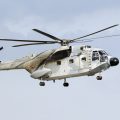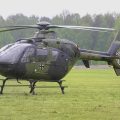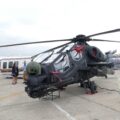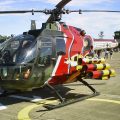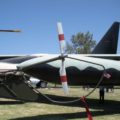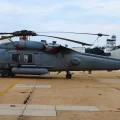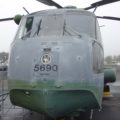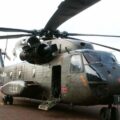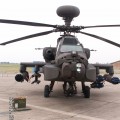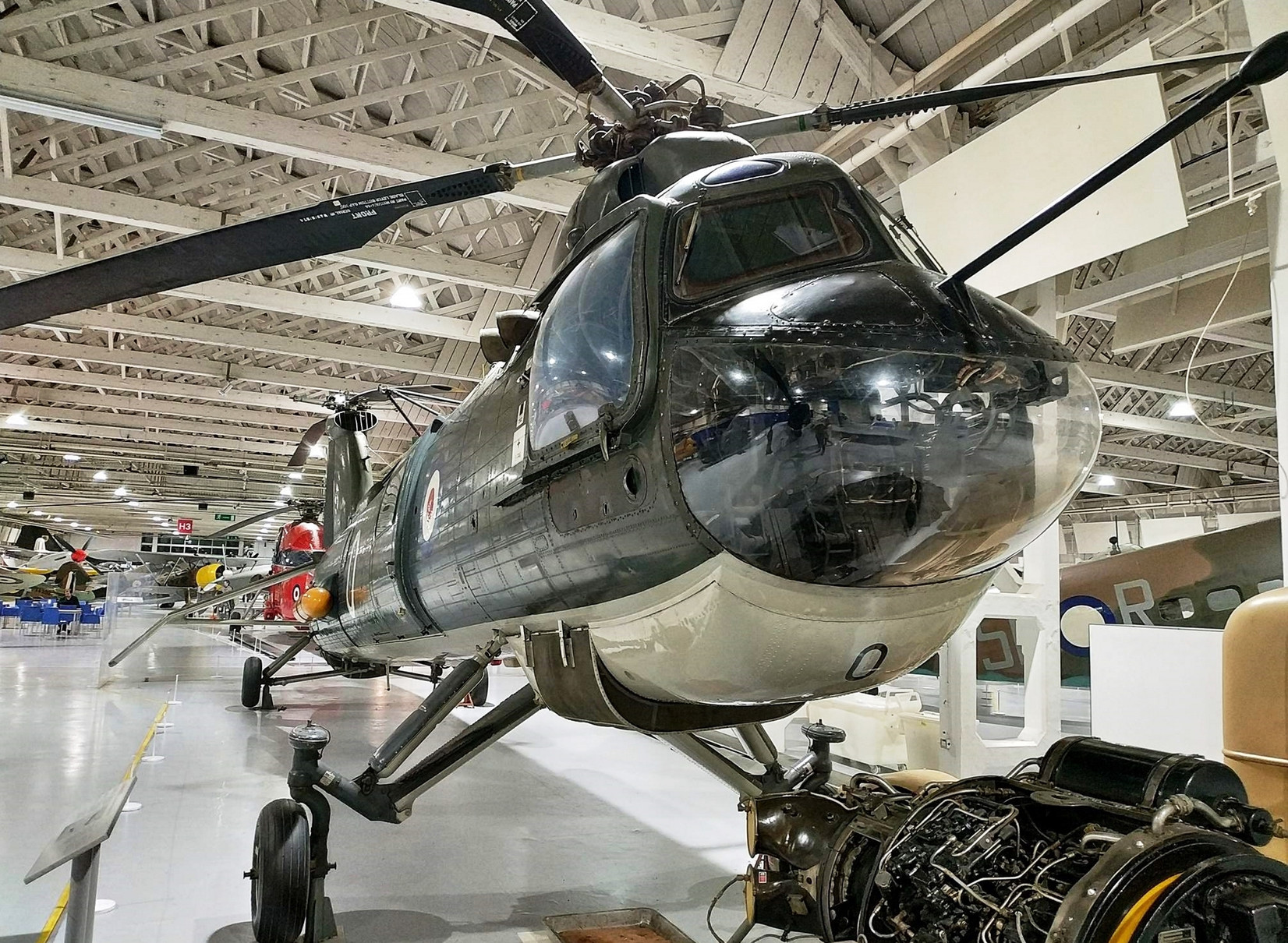
Bristol Belvedere | |
|---|---|
| Maa | Iso |
| Rooli | Rahtihelikopteri |
| Ensimmäinen lento | 5. heinäkuuta 1958 |
| Rakennettu | 26+ |
Nniiden Bristol tyyppi 192 Belvedere on brittiläinen kaksimoottorinen, tandemroottorin sotilashelikopteri, jonka on rakentanut Bristol Aeroplane Company. Raoul Hafner suunnitteli sen erilaisiin kuljetustehtäviin, mukaan lukien joukkojen kuljetus, tarvikkeiden pudottaminen ja uhrien evakuointi. Sitä operoi Royal Air Force (RAF) vuosina 1961–1969. Belvedere oli Britannian ainoa tuotantoon tullut tandemroottorihelikopteri ja yksi harvoista, joita Piasecki tai Boeing eivät rakentaneet.
| Westland Type 192 Belvedere HC 1 Walk Around | |
|---|---|
| Valokuvaaja | Ei tietää |
| Lokalisointi | Ei tietää |
| Valokuvat | 34 |
Aiheeseen liittyvät sarjat:
Etsi sarjoja eBaysta:
See also:
The Bristol Belvedere was a remarkable helicopter that served in various roles for the British military. It was designed by Raoul Hafner, a pioneer of rotorcraft engineering, who had previously created the Bristol Sycamore. The Belvedere had two engines and two rotors mounted in tandem, which gave it more power and stability than conventional single-rotor helicopters. It could carry up to 18 troops or 12 stretchers, as well as cargo and weapons under its fuselage.
The Belvedere originated from a civilian project, the Bristol Type 173, which first flew in 1952. However, the Type 173 was cancelled and Bristol focused on developing naval versions of the helicopter for anti-submarine warfare. These were also cancelled, but the Royal Air Force showed interest in using the helicopter for transport and support missions. Thus, the Bristol Type 192 Belvedere was born.
The first prototype of the Belvedere flew on 5 July 1958 and entered service with the RAF in 1961. It was deployed in various locations around the world, including Aden , Borneo , Cyprus , Germany , Hong Kong , Malaya and Singapore . It performed tasks such as troop transport, supply dropping, casualty evacuation, air-sea rescue and fire fighting. It was also used for parachute training and special operations.
The Belvedere had some drawbacks that limited its performance and popularity. The front landing gear was too high to allow easy access to the cabin door. The engines were noisy and took up space inside the cabin. The rotors generated strong downwash that made loading and unloading difficult. The helicopter also suffered from reliability issues and high maintenance costs.
The Belvedere was retired from service in 1969 after only eight years of operation. It was replaced by more modern helicopters such as the Westland Wessex and Puma . Only one Belvedere survives today at The Helicopter Museum (UK) (en) in Weston-super-Mare .
Näkymät : 398



